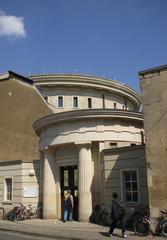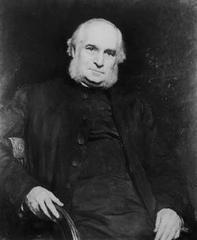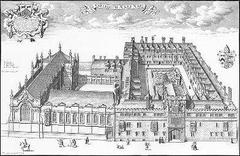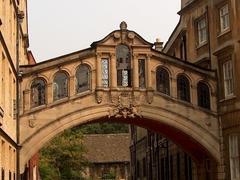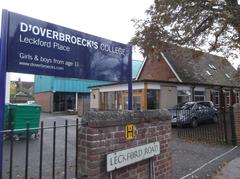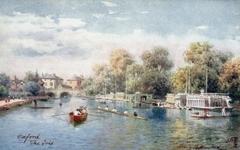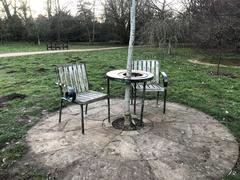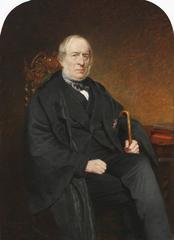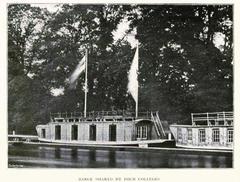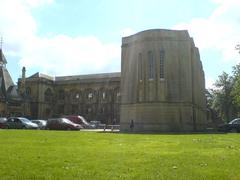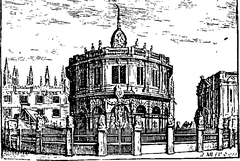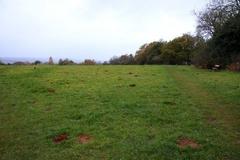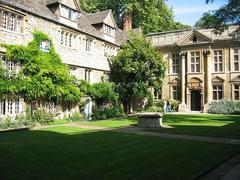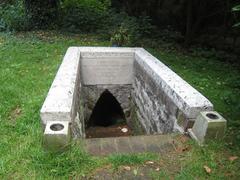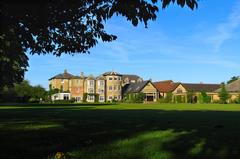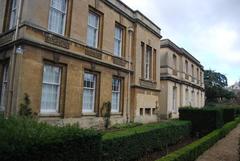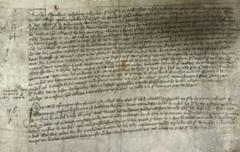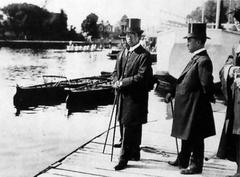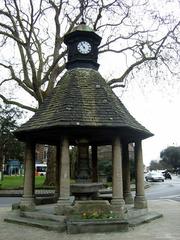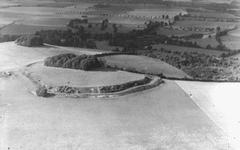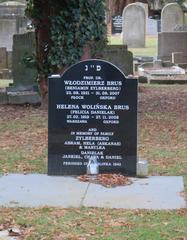Visiting Hours, Tickets, and Historical Significance of Swinford Toll Bridge, Oxford
Date: 01/08/2024
Introduction
The Swinford Toll Bridge, situated near Eynsham in Oxfordshire, England, is a historical gem that attracts numerous visitors each year. Constructed in 1769 by the Earl of Abingdon, this Georgian-era bridge replaced an ancient ferry service, providing a safer and more efficient crossing over the River Thames (Wikipedia). The bridge’s construction was authorized by an Act of Parliament, granting the Earl and his descendants perpetual ownership and the right to collect tolls, a practice still in place today (Oxford Mail). This guide aims to offer a comprehensive overview of the Swinford Toll Bridge, delving into its rich history, architectural significance, and practical visitor information. Whether you’re a history enthusiast, a photography aficionado, or simply planning a trip to Oxfordshire, this guide provides all the essential details to make your visit memorable.
Table of Contents
- Introduction
- History of Swinford Toll Bridge
- Visitor Information
- Nearby Attractions
- Cultural and Historical Impact
- Preservation and Future Prospects
- FAQ
- Conclusion
History of Swinford Toll Bridge
Construction and Early Years
The Swinford Toll Bridge, an iconic structure in Oxfordshire, England, was constructed in 1769. This Georgian bridge, built from local limestone, replaced a ferry service that had been in operation for centuries. The construction of the bridge was funded by the Earl of Abingdon, who owned extensive properties on both sides of the River Thames (Wikipedia). The bridge was designed to facilitate easier and safer passage across the river, which was previously reliant on the ferry service.
Legislative Framework
The establishment of the Swinford Toll Bridge was governed by an Act of Parliament, which granted the Earl of Abingdon and his heirs perpetual ownership of the bridge and the right to collect tolls. This Act also imposed the duty of maintaining the bridge on the Earl and his successors (Oxford Mail). Interestingly, the Act made it illegal to construct any other bridges within a three-mile radius of Swinford, ensuring the bridge’s exclusivity and financial viability.
Tax Exemptions and Financial Aspects
One of the unique aspects of the Swinford Toll Bridge is its tax-exempt status. The Act of Parliament stipulated that the tolls collected from the bridge would be free from income tax, a provision that remains in effect to this day. This exemption was significant because, at the time of the bridge’s construction, income tax did not exist. The tolls were intended to cover the costs of maintenance and provide a return on the Earl’s investment (Oxford Mail).
Architectural Significance
The Swinford Toll Bridge is a fine example of 18th-century engineering and Georgian architecture. The bridge’s design features elegant arches and is constructed from durable local limestone, which has stood the test of time. The bridge’s aesthetic appeal and historical significance have earned it a Grade II* listing and designation as an ancient monument (Wikipedia).
Changes and Continuity
Over the centuries, the Swinford Toll Bridge has seen various changes in its surroundings and usage. Originally, the bridge carried the A40 road, a major route between Oxford and Eynsham. However, with the completion of the north Oxford bypass in 1936, the bridge now carries the B4044 road (TollWiki). Despite these changes, the bridge has retained its function as a toll bridge, with travelers still required to pay a small fee to cross.
Modern-Day Usage and Controversies
Today, the Swinford Toll Bridge remains one of the few toll bridges in the United Kingdom. The toll fee is modest, typically around 5p, but it has been a point of contention among locals and travelers. There have been numerous campaigns to abolish the tolls or modernize the payment system to reduce congestion and improve efficiency (Eynsham Heritage). Despite these efforts, the toll system remains in place, and the bridge continues to be a vital crossing point over the River Thames.
Visitor Information
Ticket Prices and Visiting Hours
The Swinford Toll Bridge operates 24/7, allowing visitors to cross at any time. The toll fee is a nominal 5p per crossing. While there is no official ticket system, the toll is collected by a fee collector stationed at the bridge.
Travel Tips
- Best Time to Visit: Mornings and late afternoons are the best times to visit to avoid peak traffic.
- Payment Options: Currently, the toll is collected in cash. Ensure you have small change available.
- Navigation: Use the B4044 road for access to the bridge. It’s a scenic route that offers beautiful views of the River Thames.
Nearby Attractions
Oxford City Centre
Just a short drive away, Oxford City Centre offers historical sites, shopping, and dining options. Visitors can explore the renowned University of Oxford, museums, and vibrant city life.
Eynsham
Eynsham is a charming village nearby with local pubs and walking trails. It offers a rich history and a weekly market that showcases local produce and crafts.
Blenheim Palace
A UNESCO World Heritage site located within a 30-minute drive, Blenheim Palace is perfect for a day trip. It offers stunning architecture, beautiful gardens, and a deep historical narrative.
Cultural and Historical Impact
The Swinford Toll Bridge holds a special place in the cultural and historical landscape of Oxfordshire. It is not only a functional piece of infrastructure but also a symbol of the region’s rich history and architectural heritage. The bridge is a popular subject for photographers and artists, who are drawn to its picturesque setting and historical significance (Day Out Hub). Additionally, the bridge’s role in local history, from its construction to its ongoing use, makes it a point of interest for historians and tourists alike.
Preservation and Future Prospects
Given its historical and architectural significance, the preservation of the Swinford Toll Bridge is of paramount importance. Efforts to maintain the bridge and ensure its structural integrity are ongoing, supported by its status as a listed building and ancient monument. Looking to the future, there is potential for further enhancements to the bridge’s infrastructure, such as the implementation of modern toll collection systems to streamline traffic flow and reduce congestion (Day Out Hub).
FAQ
Q: What are the visiting hours for Swinford Toll Bridge? A: The bridge is open 24/7, allowing visitors to cross at any time.
Q: How much is the toll fee? A: The toll fee is 5p per crossing.
Q: Are there any nearby attractions? A: Yes, nearby attractions include Oxford City Centre, Eynsham village, and Blenheim Palace.
Q: Is there a modern toll payment system in place? A: Currently, the toll is collected in cash. There have been discussions about modernizing the payment system.
Conclusion
The Swinford Toll Bridge stands as a testament to 18th-century engineering and a vital piece of Oxfordshire’s historical tapestry. Its construction, governed by an Act of Parliament, has allowed it to remain a functional and significant landmark for over 250 years (Oxford Mail). Despite modern challenges and controversies surrounding its toll collection system, the bridge continues to serve as a crucial crossing over the River Thames, maintaining its historical charm and utility. Visitors are drawn to its picturesque setting, historical significance, and the unique experience it offers. As efforts to preserve this Grade II* listed structure continue, the Swinford Toll Bridge remains a cherished landmark, connecting the past with the present and offering a glimpse into the region’s rich heritage (Wikipedia, Day Out Hub).




